This definitely isn’t something an animal would hope for – and it’s a headline I’m sure we all wish would have been delayed at least a little bit later into the new decade – but scientists have now declared the giant Chinese paddlefish to officially be extinct.
The freshwater fish, one of the world’s largest, was last seen in 2003, and it is thought to have effectively ceased to exist between 2005 and 2010. But while it’s been gone for a while, it also takes a while to verify 100% that a species has totally disappeared.
“Based on 210 sightings of Chinese paddlefish during the period 1981-2003, we estimated that the timing of extinction to be by 2005, no later than 2010.”
The fish lived primarily in the Yangtze River, the longest river in Asia, where it had swum for millions of years. But dams, overfishing, river ports, and pollution drove it pas the brink. Those same factors have contributed to the extinction of at least three large endemic species, say the authors of a study published in Science of the Total Environment.
“The mega river ecosystem of the Yangtze River was one home to diverse aquatic megafauna but is increasingly affected by various anthropogenic stressors that have result in continuous loss of biodiversity.”
The fish’s lineage stretched back 75 million years, and it was first declared critically endangered by the IUCN in 1996. Though its rarity and struggle earned it the nickname “panda of the Yangtze River,” it wasn’t so simple to bring back from the brink as the panda was. In the end, nothing could save the fish from disappearing.
The paper also noted that the fish had been “functionally extinct,” meaning not enough breeding pairs existed to ensure survival, since way back in 1993, and the last live sighting was in 2003.
The final piece of image evidence of life was captured in 2009.
“We respect the evaluation model and experts from the IUCN,” said co-author Wei Qiwei, “although we accept this result with a heavy heart.”
Many more of the 4,000 species that call the river home are also in trouble, from the finless porpoise to the Chinese sturgeon. Though Beijing has announced a 10-year commercial fishing ban on the Yangtze, experts fear it will be too little too late. Two huge, recently constructed dams may have put the final nails in the endangered species’ coffins already.
“The fishing ban is a key measure to effectively curb the decline of the river’s ecosystem and any further drop in biodiversity,” claimed Yu Zhenkang, vice-minister of agriculture and rural affairs.
That may be true, but if the river is dammed all up and down its length, which it is, then these animals won’t have the space they need to survive, fishing or no.
And as with promises from any government these days, when it comes to the environment, I expect it will be the scientists who are, sadly, correct.
The post The Giant Chinese Paddlefish Is the First Animal to Be Officially Declared Extinct This Decade appeared first on UberFacts.
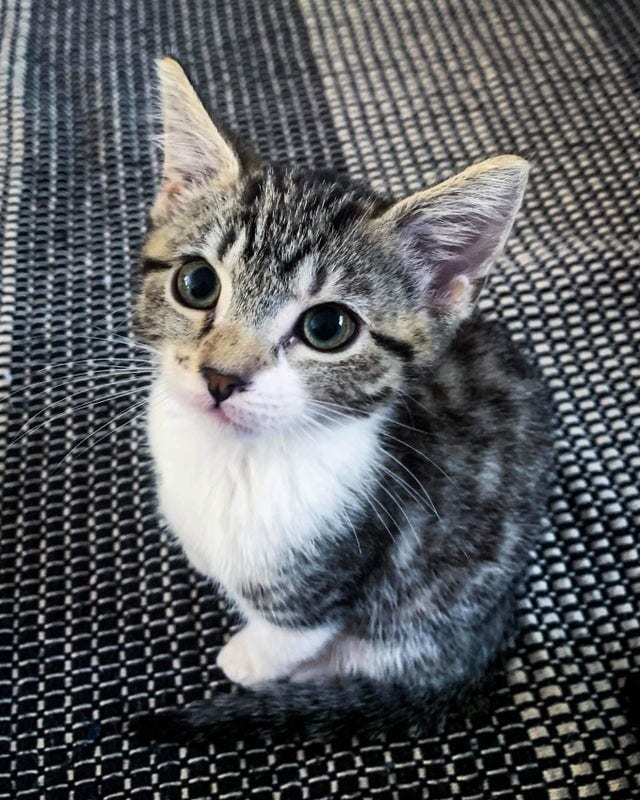
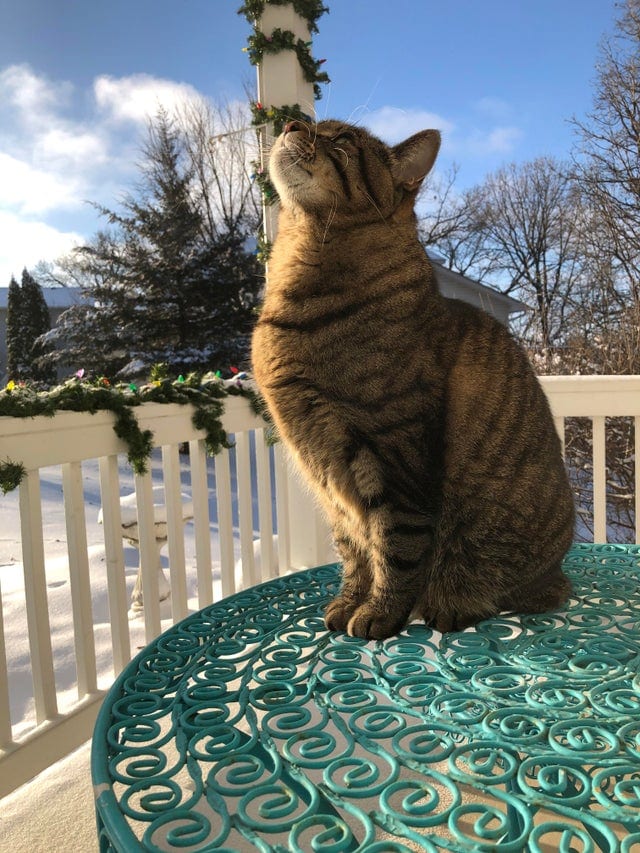
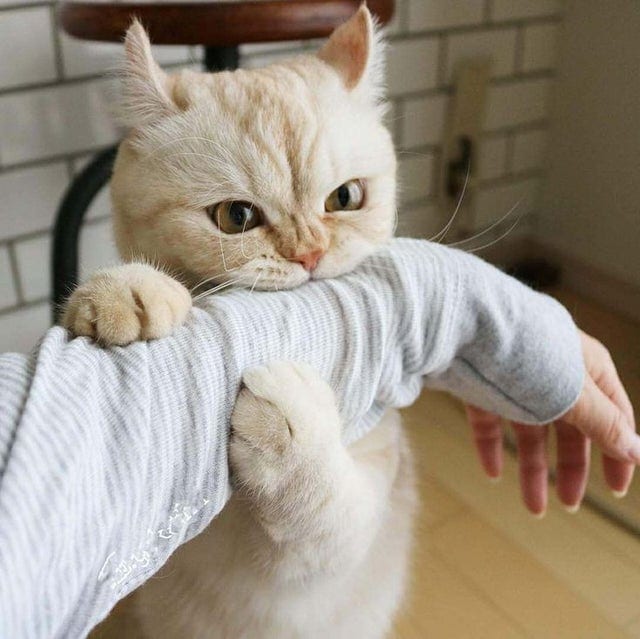
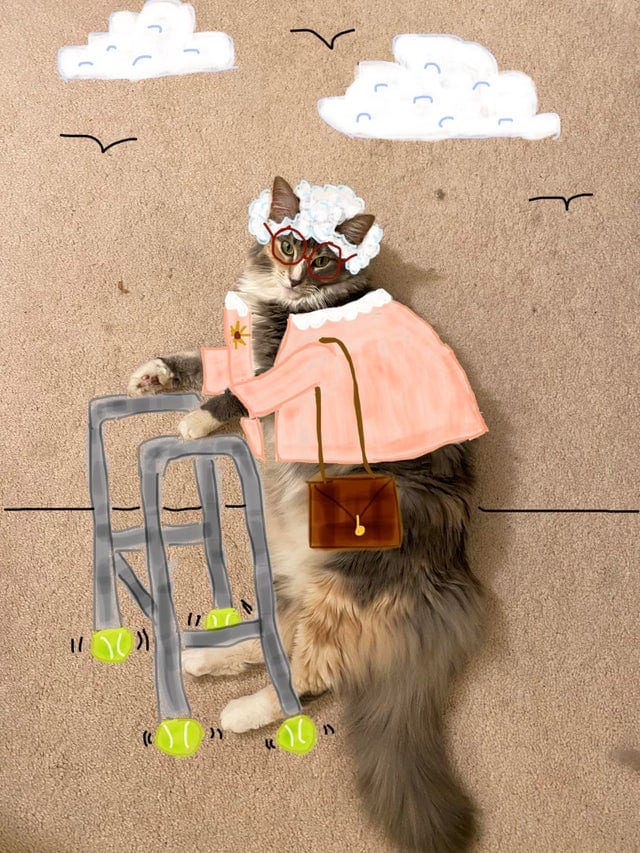
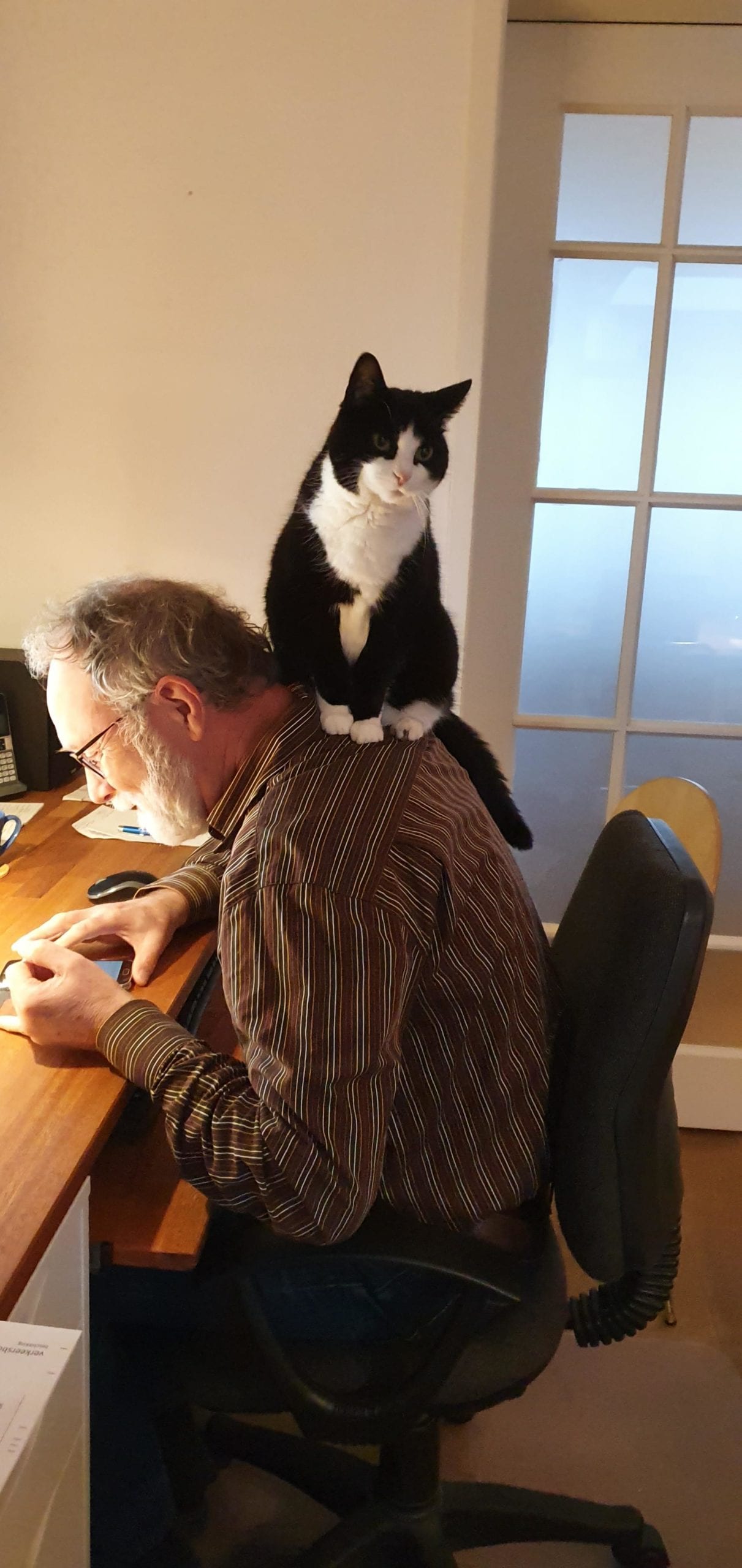
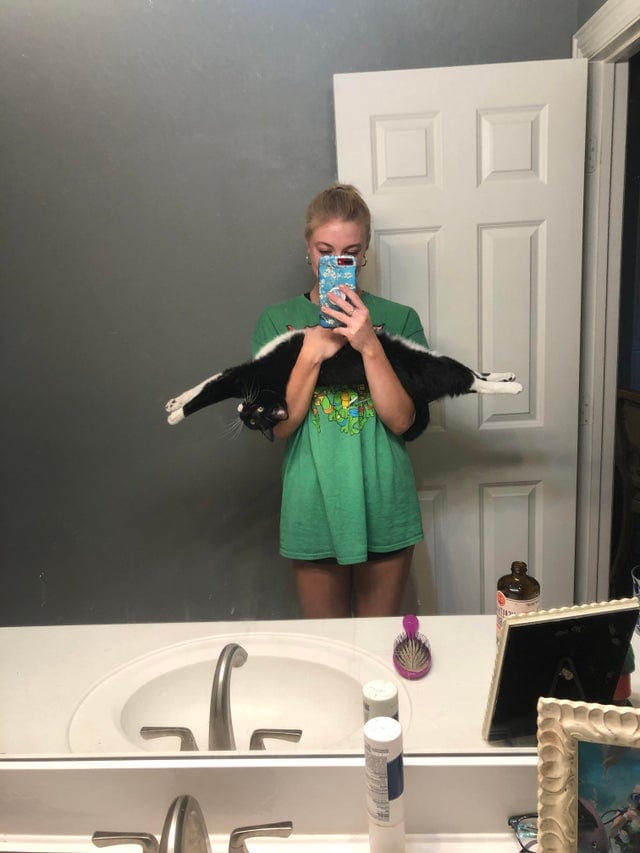
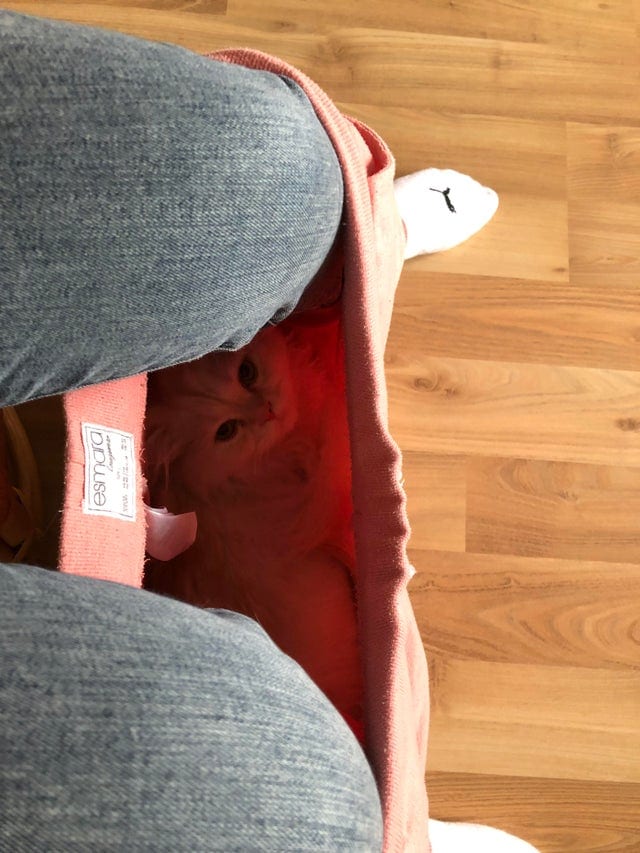
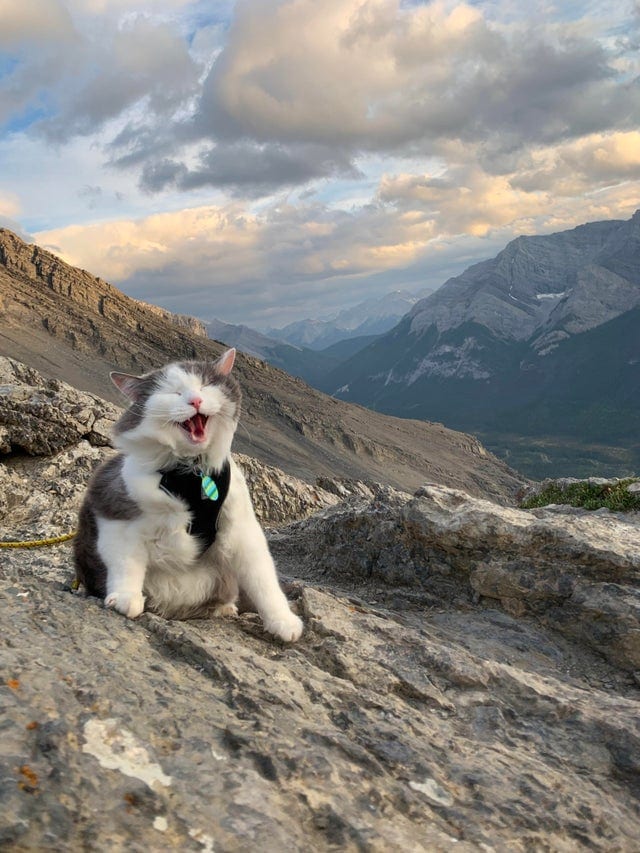
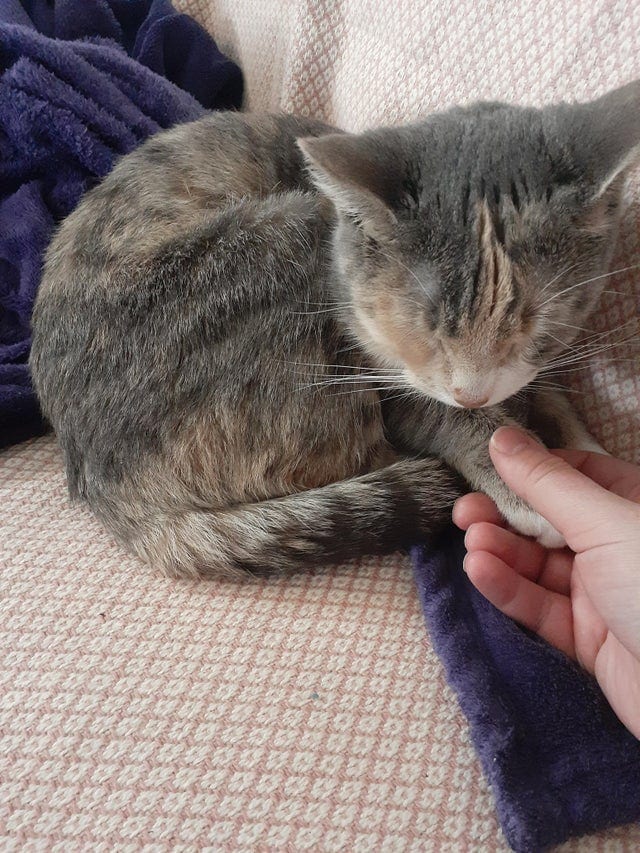
 -Teddy
-Teddy 



 (@Extinct_AnimaIs)
(@Extinct_AnimaIs)  sustained fiscal support for state and federal wildlife agencies, as well as veterinary and wildlife diagnostic labs
sustained fiscal support for state and federal wildlife agencies, as well as veterinary and wildlife diagnostic labs 
 #dendrelaphis #dendrelaphispictus #bronzeback #snake #snakes #snakesofig #snakesofinstagram #snakephotography #herpingtheglobe #herping #reptilephotography #reptiles #reptile #reptilesofinstagram #bali #indonesia #animalphotography #animal #animals #animalsofinstagram #animalsofig #nikon #nikond5300
#dendrelaphis #dendrelaphispictus #bronzeback #snake #snakes #snakesofig #snakesofinstagram #snakephotography #herpingtheglobe #herping #reptilephotography #reptiles #reptile #reptilesofinstagram #bali #indonesia #animalphotography #animal #animals #animalsofinstagram #animalsofig #nikon #nikond5300
